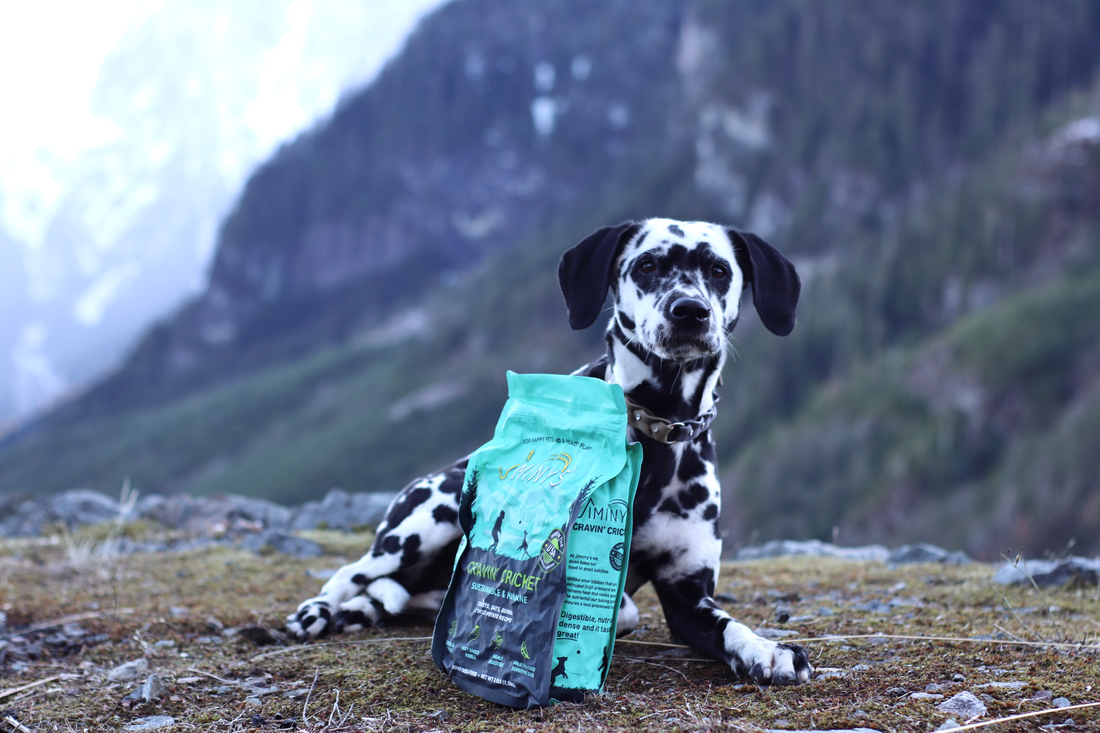The relationship between dogs and humans dates back thousands of years and is believed to have originated from a mutually beneficial partnership. The exact timeline of the domestication of dogs is not precisely known, but evidence suggests that it began at least 15,000 to 20,000 years ago (with some studies of dog mitochondrial DNA strongly suggesting they evolved alongside humans 100,000 years ago).
A Symbiotic Bond:
One prevailing theory is that early humans and wolves formed a symbiotic relationship. Wolves, being social animals, may have been attracted to human campsites by the availability of food scraps. Over time, humans and wolves likely developed a mutually beneficial relationship. Wolves provided assistance in hunting, guarding, and potentially even alerting humans to potential threats, while humans provided a stable source of food.
Selective Evolution:
Through a process of natural selection and human intervention, certain traits in these early dogs may have been favored, such as docility and a willingness to cooperate with humans. Over generations, this led to the development of the domestic dog as a distinct species from its wild wolf ancestors.
Global Domestication:
Archaeological evidence, including ancient dog remains buried alongside humans, as well as artwork and written records from various cultures, supports the idea that dogs were domesticated in different parts of the world. For example, evidence suggests that dogs were present in human communities in Asia, Europe, and the Middle East thousands of years ago.

Divergence from Wolves:
Dogs and wolves belong to the same biological family, Canidae, and share a common ancestor. Over these thousands of years of domestication and selective breeding, dogs have undergone various changes that distinguish them from their wild counterparts, wolves. Here are some key differences:
Size and Appearance:
- Dogs come in a wide range of sizes, shapes, and coat colors, depending on their breeds. This is a result of human-guided breeding for various traits.
- Wolves generally have a more uniform appearance, with a wilder, natural variation in coat colors.
Behavior:
- Domestication has influenced dog behavior, making them more sociable, trainable, and tolerant of human presence. Dogs have adapted to living in close proximity to humans.
- Wolves are wild animals with behaviors suited for survival in the natural environment. They are generally more wary and less tolerant of human interaction.
Social Structure:
- Dogs have a more flexible social structure and can adapt to living in various group sizes, including alone.
- Wolves typically live in family groups called packs, with a hierarchical social structure led by an alpha pair.
- Dogs have adapted to a more varied diet, they are omnivores.
- Wolves are carnivores that primarily hunt and eat meat. Their diet is more specialized to the needs of a wild predator
Communication:
- Dogs have developed a wide range of vocalizations and body language to communicate with humans and other dogs.
- Wolves use howling, body language, and scents for communication within their pack and to mark territory.
Reproductive Patterns:
- Domestic dogs may have different reproductive patterns than wolves due to human influence in breeding practices.
- Wolves typically have a more seasonal breeding pattern, with mating occurring in late winter.
Lifespan:
- Domestic dogs, on average, have a longer lifespan than wolves. The lifespan of a dog can vary significantly depending on factors such as size and breed.
- Wolves in the wild face various challenges, and their lifespan is generally shorter than that of domestic dogs.

Dietary Evolution: Changes in dog diets have influenced their digestive systems, including:
- Starch and Carbohydrate Digestion: Dogs have evolved to have a greater ability to digest starches and carbohydrates than wolves. This is because dogs have been domesticated for thousands of years and have been fed diets that include more carbohydrates than wild wolves would typically consume.
- Digestive Tract: Dogs have a shorter digestive tract than wolves, which allows them to digest food more quickly. This is thought to be an adaptation to their domestic lifestyle, where they often consume smaller, more frequent meals rather than hunting large prey.
- Microbiome Diversity: Dogs have a more diverse microbiome in their digestive tract than wolves, which may be due to their exposure to human environments and diets. This diversity of bacteria may help dogs better digest a wider range of foods.
- Enzyme Production: Dogs produce increased amounts of certain enzymes, aiding in the breakdown of starches and carbohydrates.
These adaptations underscore the profound impact of domestication and selective breeding on the physical and behavioral characteristics of dogs compared to their wild ancestors, wolves. Explore the fascinating journey from wolves to our beloved canine companions.



